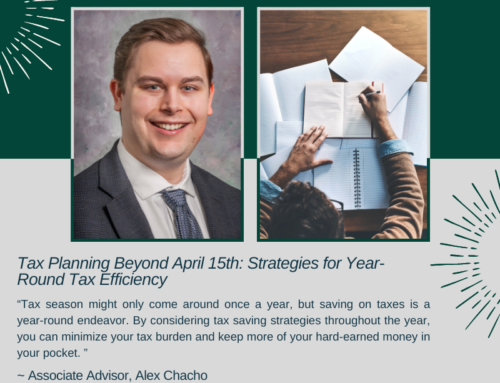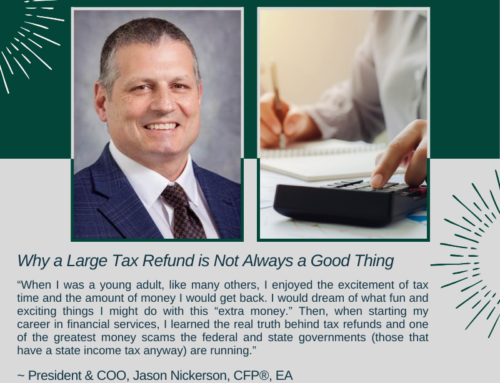Andrew Baron, CFP®
Associate Advisor
457 plans, one of the lesser known retirement savings plans are a special kind of plan for non-profit organizations. The sponsor of the plan must be an employer that is either a state or local government entity or a qualifying 501(c)(3) organization. Federal employees are not covered under these plans and instead are provided benefits through Federal Employee Retirement System (FERS). 457 plans allow workers to save tax-deferred in addition to annual 401(k) or 403(b) contributions. The annual contribution amount is the same for all three of these plans. In 2018 this allows eligible employees to put away $18,500 in their 403(b)/401(k) plans and save another $18,500 in their 457 plan. This doubling of eligible contributions holds true for the catch-up provision for those over age 50 as well.
By means of an example one may get a better understanding of the workings of the 457 plan.
Sally, age 59, is an administrator at a public university where she makes $150,000 per year. As an administrator she is covered by both the 403(b) and 457 retirement plans available to employees. The University matches the first 5% Sally contributes to her 403(b). Sally is over age 50 and is eligible to make a catch-up contribution, which for tax year 2018, is $6,000. Therefore, Sally can contribute the annual limit of $18,500 into her 403(b), plus the additional catch-up contribution of $6,000, plus the 5% employer contribution of a total 403(b) amount of $32,000. Since Sally is also covered under the 457 plan she can contribute an additional $24,500 to this plan, allowing her to save $56,500 in 2018 for her retirement.
| Age 50 Catch-Up | 403(b) | 457 |
| Annual Contribution | $18,500.00 | $18,500.00 |
| Catch Up Contribution | $6,000.00 | $6,000.00 |
| Employer Contribution | $7,500.00 | $0.00 |
| Total | $32,000.00 | $24,500.00 |
One distinguishing feature of 457 plans is the special catch-up provision available to eligible plans. If available per the plan’s rules, employees may contribute up to double the annual limit in a year. These catch-up amounts may only occur if the participant is within 3 years of normal retirement age and only to the extent they did not take advantage of the catch-up provision for those over age 50. Normal retirement age is specified in each individual plan document.
For clarification we can revisit Sally’s situation. Sally’s circumstances remain unchanged, except now we now know that since becoming eligible to participate in the 457 plan, 6 years ago, Sally has only been saving $10,000 a year. According to her plan, normal retirement age is 62 years old, so Sally is eligible to use the special catch-up provision. Because the 2018 maximum contribution is $18,500, the special catch-up is an additional $18,500 allowing for a total savings of $37,000 provided that the unused contributions are the same amount or greater. In Sally’s case she is able to contribute the maximum amount in 2018. In this example she is able to save a whopping $69,000!
| Tax Year | Sally’s 457 Contribution | 457 Max Contribution | Unused Contribution |
| 2012 | $10,000.00 | $17,000.00 | $7,000.00 |
| 2013 | $10,000.00 | $17,500.00 | $7,500.00 |
| 2014 | $10,000.00 | $17,500.00 | $7,500.00 |
| 2015 | $10,000.00 | $18,000.00 | $8,000.00 |
| 2016 | $10,000.00 | $18,000.00 | $8,000.00 |
| 2017 | $10,000.00 | $18,000.00 | $8,000.00 |
| Total | $60,000.00 | $106,000.00 | $46,000.00 |
| Special Catch-Up | 403(b) | 457 |
| Annual Contribution | $18,500.00 | $18,500.00 |
| Catch Up Contribution | $6,000.00 | $18,500.00 |
| Employer Contribution | $7,500.00 | $0.00 |
| Total | $32,000.00 | $37,000.00 |
In summary, 457 plans are a unique retirement savings option available to certain government and non-profit employees. They can be a great way to superfund your retirement—especially if one was unable to take advantage of contribution limits in the past or for eligible employees to sock away more of their income on a tax-deferred basis.









